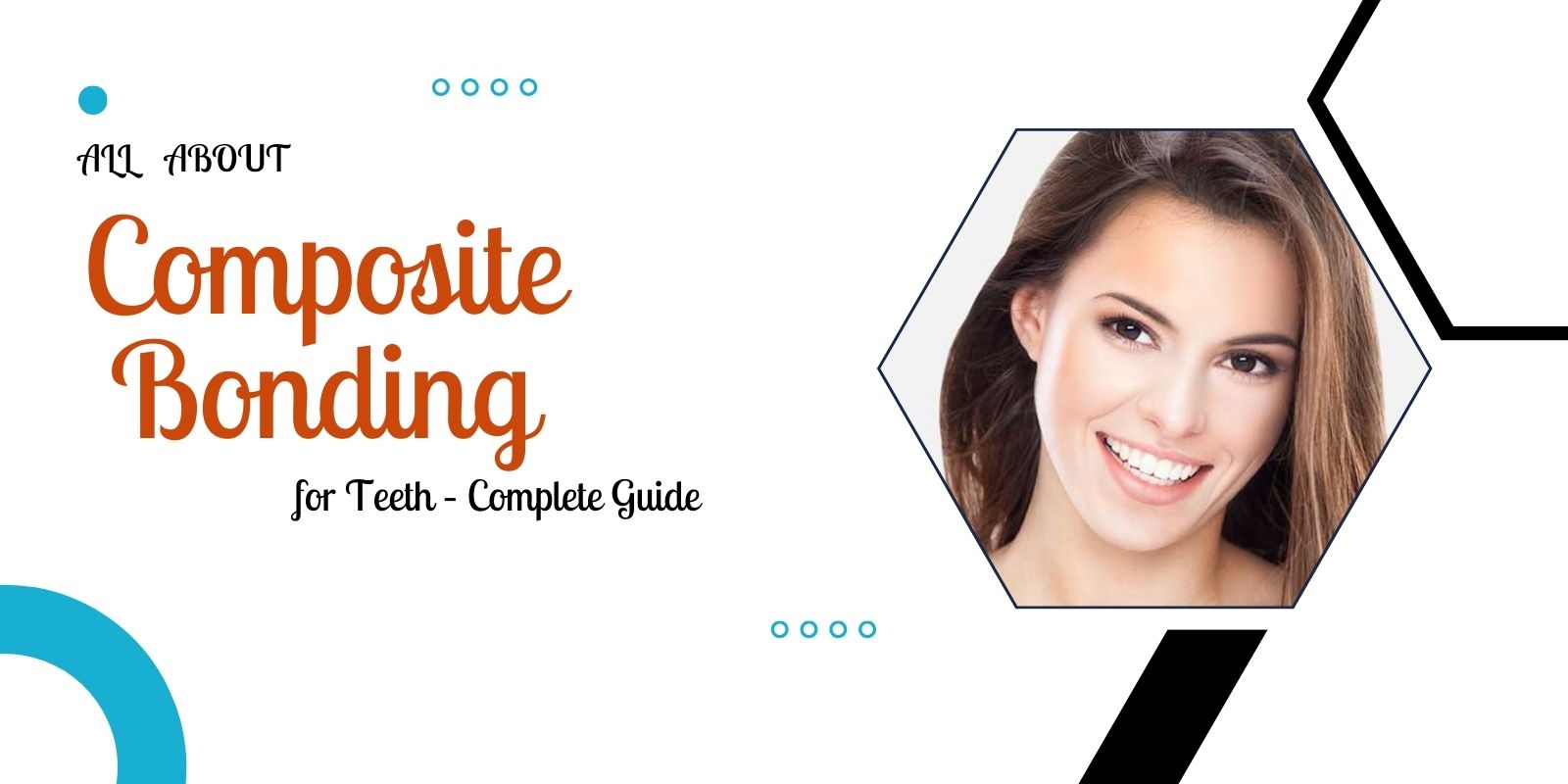Composite bonding is one of the most popular cosmetic dental treatments that can restore and enhance your smile. Here’s an overview of what composite bonding is, its benefits, any risks, and how to prepare if you plan to get bonding done.
What is Composite Bonding?
Composite bonding is a procedure that applies tooth-colored composite resin material to the surface of teeth. It is used to:
- Repair chipped, cracked, or fractured teeth
- Fill in gaps or spaces between teeth
- Reshape or recontour teeth that are uneven or misshapen
- Cover permanent stains or discoloration on teeth
The resin bonds to the natural tooth structure with the help of bonding agents. It is carefully sculpted, shaped, and polished to look seamless and natural.
Why Do People Get Composite Bonding?
There are many reasons people choose composite bonding:
- To repair dental flaws quickly, affordably, and conservatively
- To correct cosmetic imperfections like gaps, stains, or uneven teeth
- As a smoother, less invasive alternative to dental veneers
- To avoid the long treatment time of braces or orthodontics
- To restore form and function of fractured or worn teeth
- To cover exposed tooth roots due to gum recession
Is Composite Bonding Bad for Teeth?
Composite bonding is generally considered safe for teeth. According to recent research:
- Little healthy tooth structure needs to be removed compared to alternatives.
- Bonded composites are chemically similar to natural tooth material.
- No strong evidence exists showing composites degrade teeth over time.
- The main risks are marginal staining, chipping, and new decay if not properly cared for.
Proper dental hygiene and checkups help minimize any risks when getting bonded.
How to Prepare for Teeth Bonding
Before a bonding procedure, your dentist may advise:
- Thorough cleaning of teeth to remove plaque and tartar
- Taking impressions or scans of the teeth getting bonded
- Selecting a custom resin color that matches your teeth shade
- Avoiding foods/drinks that can stain for 24 hours pre-bonding
- Arranging a ride, as anesthetic is usually given during treatment
Let your dentist know of any allergies, health conditions, or medications you take prior to the procedure. Following their preparation instructions helps ensure successful, lasting bonding results.
How to Care for Your Composite Bonding
If you’ve had composite bonding done to enhance your smile, following proper care and maintenance habits will help the restorations last long-term. Here are the 10 key steps to caring for your bonded teeth:
Handle with Care Initially
In the first 24-48 hours after your procedure:
- Avoid chewing or biting to prevent bonding material from shifting before fully hardened.
- Stick to soft foods and avoid extremely hot or cold foods/drinks.
- Brush very gently around bonded areas and avoid dental floss.
- Take over-the-counter pain medication if you have sensitivity or discomfort.
Brush and Floss Gently
Once bonded teeth have set:
- Brush using a soft-bristled brush and fluoride toothpaste.
- Use light pressure around bonded teeth, focusing on the sides and chewing surfaces.
- Floss daily but ease the floss between bonded teeth gently rather than snapping it up and down.
Watch What You Eat and Drink
Be mindful of your eating and drinking habits:
- Avoid biting into very hard or crunchy foods which could crack bonding.
- Cut up hard foods like apples into small pieces before chewing.
- Limit staining drinks like coffee, tea, wine, soda, and berry juices.
Protect Teeth from Impact
Reduce chances of fractures by:
- Wearing a mouthguard if you play sports or grind your teeth.
- Chewing carefully and not using your teeth to open items.
- Avoiding habits like biting nails or chewing on pens.
Keep Up with Dental Checkups
The Cost of Composite Bonding: A Smile Makeover on a Budget
Visit your dentist regularly so they can:
- Monitor bonded teeth for any issues needing touch-ups.
- Professionaly remove stains and polish bonded surfaces.
- Identify and treat any decay around bonded areas early.
Be Gentle When Eating
- Avoid very hard, crunchy, or chewy foods that could damage bonded areas.
- Cut harder foods like apples or carrots into small pieces before chewing.
- Take small bites and chew carefully, especially with crusty breads, meats, nuts.
- Be extra gentle when biting into sandwiches, corn on the cob, ribs, and other hand-held foods.
Wear a Mouthguard
- Use a mouthguard during sports to prevent trauma to bonded teeth.
- Wear a nightguard if you grind your teeth to shield bonding from fracture.
- Consider a mouthguard with musical instruments that require your mouth.
Monitor Your Oral Habits
- Avoid nail biting, ice chewing, pen chewing, and other habits that put stress on teeth.
- Be very gentle adjusting mouth position with musical instruments.
- Quit tobacco if you smoke, as it stains bonding and irritates gums.
Avoid Using Teeth as Tools
- Don’t tear open packages, crack shells, or pull caps off bottles with your teeth.
- Protect bonding by not using teeth to grip or hold objects.
Check Bonded Areas Frequently
- Inspect bonding regularly for any cracks, chips or changes.
- Call your dentist promptly if you notice any damage or loosening.
- Have your dentist evaluate bonding at routine checkups.
By following these care steps, your cheap composite bonding restorations can look beautiful and natural for many years! Contact Chatfield Dental Braces Clinic if you need any clarification or have additional questions.
